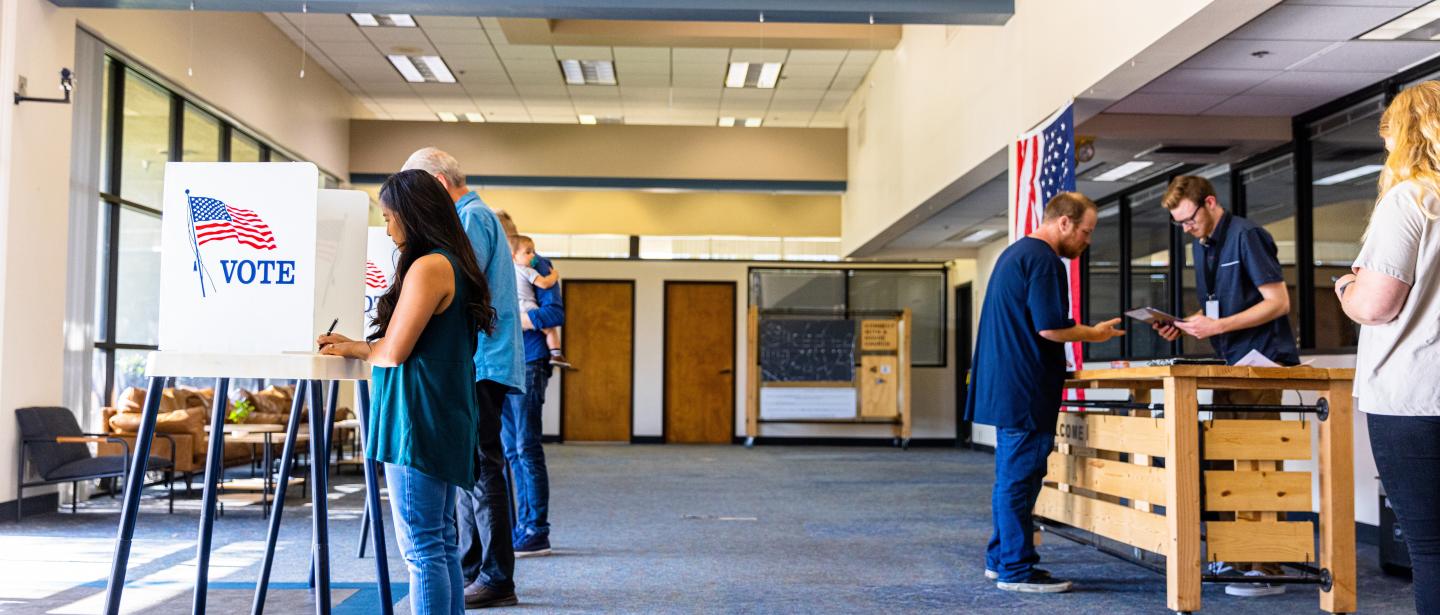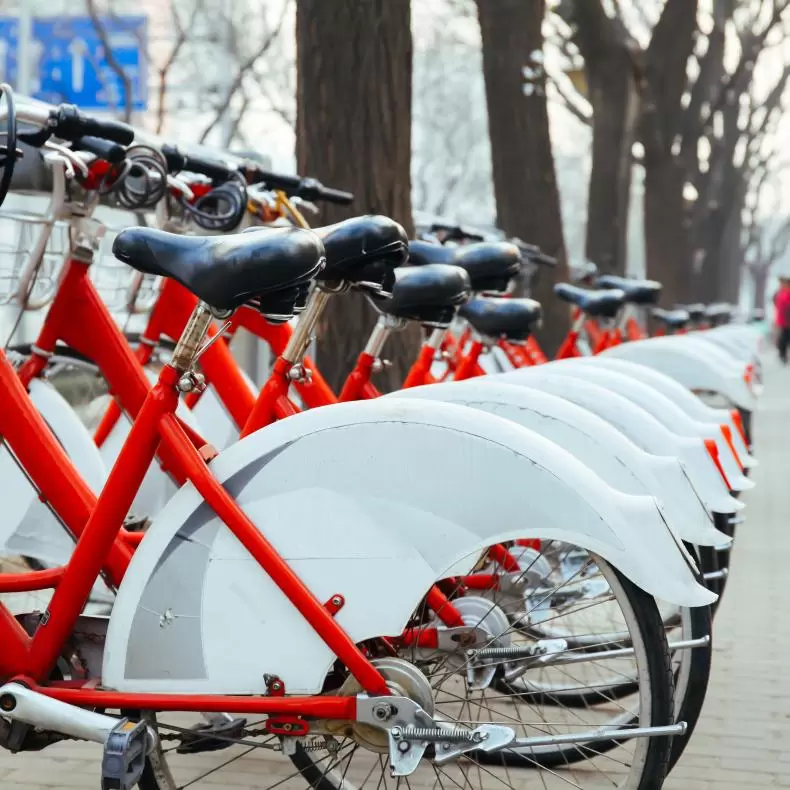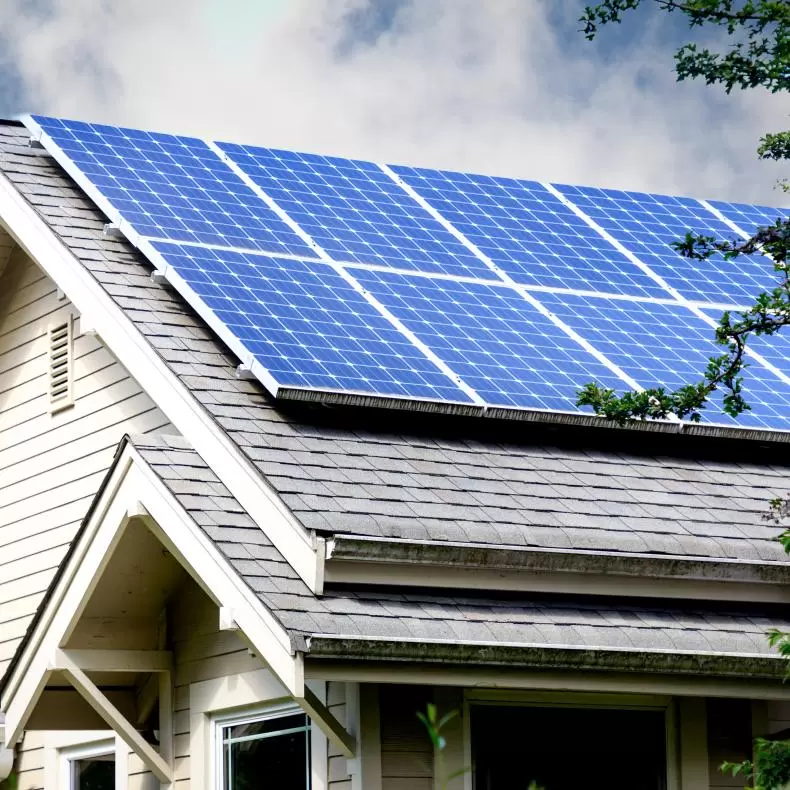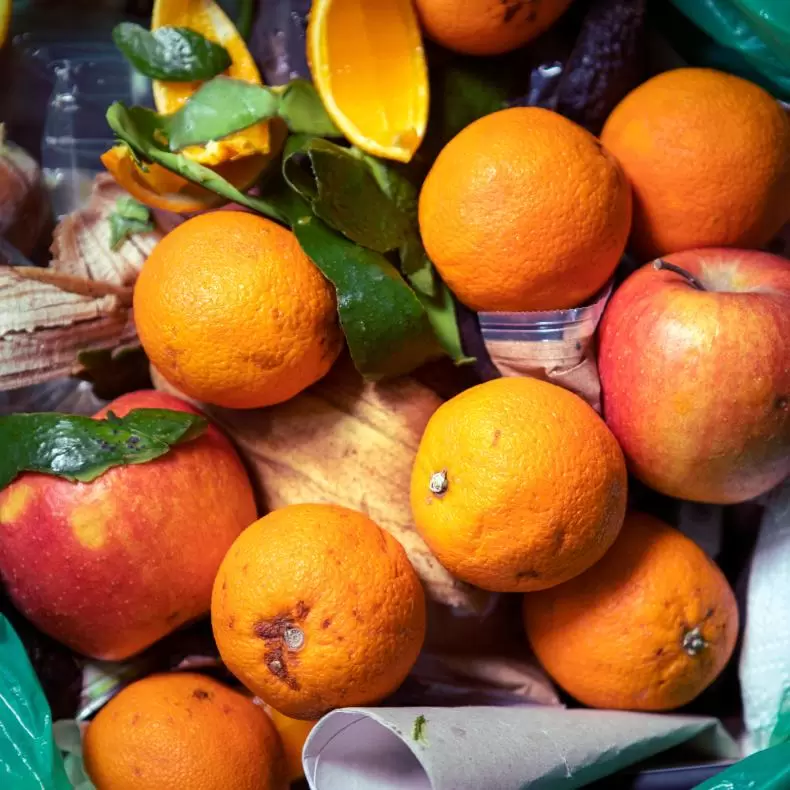
5 BIG things you can do to fight climate change
If the reality of climate change has you gnashing your teeth with worry, we’re with you. It’s scary out there. But the truth is there’s much we can accomplish as individuals to make a difference in what the future holds.
Rather than obsessing over small things, like whether washing the dishes by hand or using a dishwasher produces less carbon (generally speaking, it’s the dishwasher), maybe we need to start thinking bigger.
What are the world's biggest sources of emissions? And what are the most powerful levers we, as individuals, can use to reduce them?
In the U.S., climate pollution comes from five sectors: transportation; electricity generation; industry; commercial and residential; and agriculture (read: food). There’s much we can do in each area.
So think as big as the problems that confront us and read on:
1. Vote, vote, vote!

Maybe the single most important thing you can do for the environment is vote for candidates who support meaningful climate policies. Help your friends and family vote, too.
Remember: The historic 2022 Inflation Reduction Act, which puts the U.S. on track to reduce heat-trapping emissions by 40% by 2030, came about because pro-climate elected officials devised, voted for and signed it into law.
Look up your candidate's stances on their campaign website.
2. Travel light on the planet

Transportation is the biggest source of U.S. climate emissions. So lobby your representatives to support policies, like emissions standards for cars and trucks, that reduce climate pollution from transportation overall.
On a personal level, pick the lowest-carbon mode of transportation whenever possible. Walking, biking, buses, trains and electric vehicles are generally lighter on the Earth than gas-powered cars. Air travel, alas, packs a big climate punch. If you can, take fewer flights and fly direct. Check out the travel website Kayak for filters that highlight lower-carbon flights.
3. Switch to renewable energy
Fossil fuel-burning power plants are the second largest source of U.S. climate pollution. Government efforts such as the federal Inflation Reduction Act and state renewable energy standards promote clean energy adoption on a grand scale. But you can help too.

More than 50% of U.S. electric consumers can switch to clean energy through their utilities. At least 22 states offer so-called “community solar” — nearby, offsite arrays that feed renewable energy into the grid on your behalf. The federal Inflation Reduction Act offers a 30% tax credit for your own solar installation. Data from the U.S. Energy Information Administration shows that switching to renewable energy saves the average U.S. household about 4.5 tons of carbon a year.
- 5 ways your online shopping could be better for the environment
- Fighting food waste in corporate America
4. Make your home or business more energy efficient
Thanks to multiple incentives, home and business owners can save carbon and money by updating to energy-efficient heating and cooling systems, water heaters and stoves and improving insulation.
Renting? You might still have options, like window unit heat pumps for air conditioning and heating. And chat with your landlord about energy saving incentives that have two benefits: increasing their property's value while protecting the climate.
5. Cut food waste

More than a third of the food produced in the U.S. each year is wasted, with big climate impacts. (Worldwide, food waste accounts for 8% of greenhouse gas pollution.)
You can start intervening in your kitchen and in the public sphere. Do some meal planning, to ensure you use everything you buy. Eat the leftovers.
Share what you aren’t using through community fridges or check out online "buy nothing" groups, where people can swap goods for free. Get involved in a local food rescue organization.
And support food waste reduction legislation close to home and in Washington, D.C., too.


